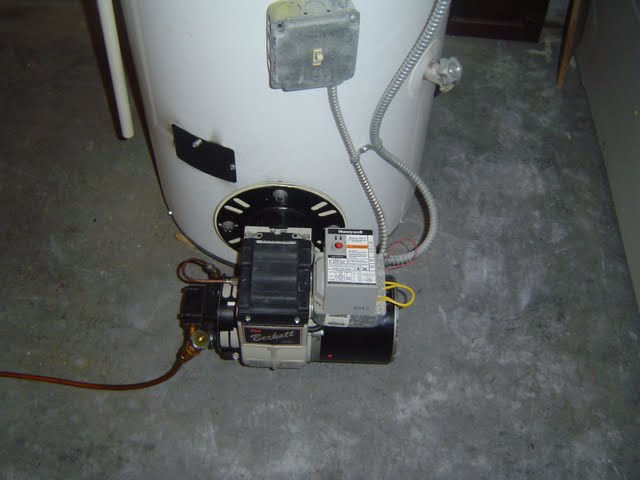How to prevent basement flooding while vacationing
The last thing you want to come home after a vacation is a flooded basement. Unfortunately, this happens more often than you think. A cave flooded can occur for several reasons. The backup sewer line, a fault on pressure and temperature valve on the hot water heater, a broken supply tube, or water seeping through a crack in its wall of Foundation is all common sources for basements flooded. If you experience any of these situations and flood your basement, tremendous water damage can result, especially if you don’t react quickly to eliminate water.
In addition to water damage, mold and mildew growth can occur rapidly. In just a couple of days you could begin to see signs of hazardous mold growth. You can, however, prevent a flood in your basement, taking some proactive measures before leaving home.
When, for example, we leave our holiday home we always turn off the power switch of the pump as well. In doing so, we can prevent the basement and House being flooded by cutting out the water source. As a result, in the case of broken supply line or a drum of WC that failed to seal properly no serious damage will occur to your home.
Again, when we leave our holiday home we always turn the hot water heater. We do this for two reasons. In the case of pressure relief valve and temperature associated with the water heater, or the water heater if it fails, we can prevent a basement flooded. Secondly, we can avoid wasting energy reheating water repeatedly that we do not use. Once, when we were at home, went to temperature and pressure relief valve (TPV) on the hot water heater. The result was hot water spewing out of the tube connected to the TPV.
Due to the fact that the well was activated, water flowed continuously this tube. Fortunately I caught the situation before the basement flooded significantly. Since this occurrence, I ve always sure to disconnect the pump well and hot water heater before leaving home for any extended period of time.
Especially if you have the hot water heating, it is imperative to keep the heat at least 50 degrees centigrade at home during the winter months.
This way if you lose power in your home while you’re in a period of winter holidays, there’s room for home stay above freezing until power is restored to the House. If you leave the heat outside, or in too low a temperature setting and you lose power, you might end up with frozen water pipes and broken.
In addition, you may want to install an alarm system sensor subsoil water, so that the Basement flooding event occur that he can call you immediately to inform you about the alarm condition.
If your home has a flood drain, there is a risk of water pushing up through the drainage and flood your basement. To avoid this type of situation occurs you can install a standpipe. A standpipe is a tube that is installed in the floor drain. He has a large diameter and can be placed in Basement leakage or screwed to it. Below the level of water tries to enter the basement through the flood drain, the water will pass to the standpipe but won t burst height.
 Photo by Mark Donovan
Photo by Mark Donovan
Consequently the water won’t spill on the flight to and from the basement floor. The standpipe can be inserted or screwed on only when there is a risk of flooding, for example, during the spring season or when the rains are expected.
As an alternative to the standpipe a plug can also be installed on flood drainage to retain water pushing up in the basement. With the chips, they serve to launch at a given point of pressure to ensure that the basement floor slab not crack all the pressure of the water underneath it. A valve can also be inserted flood drain to prevent the water from the rear under the sewage drainage system in your basement.





